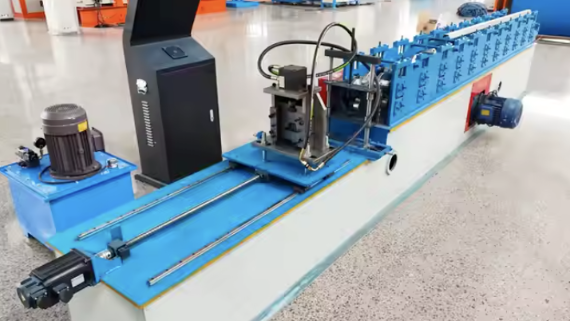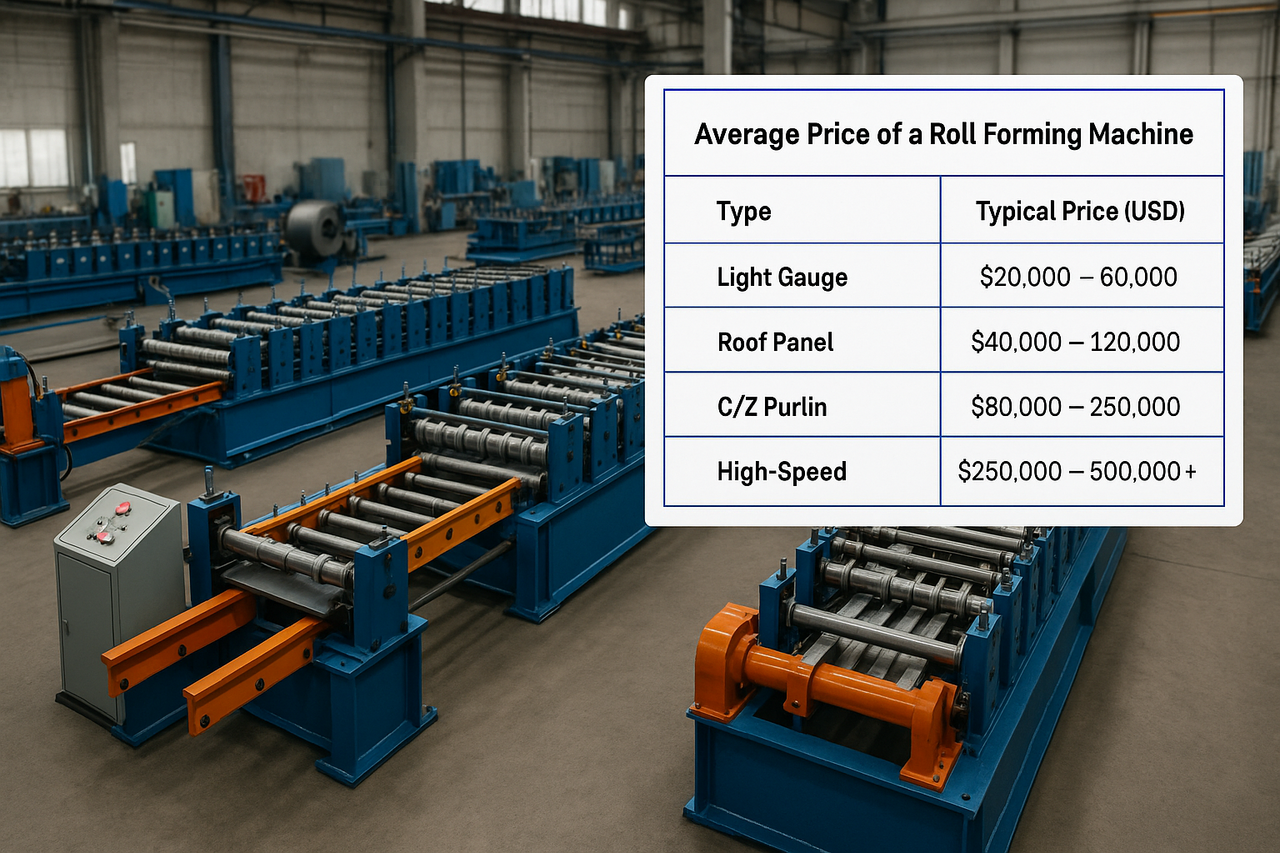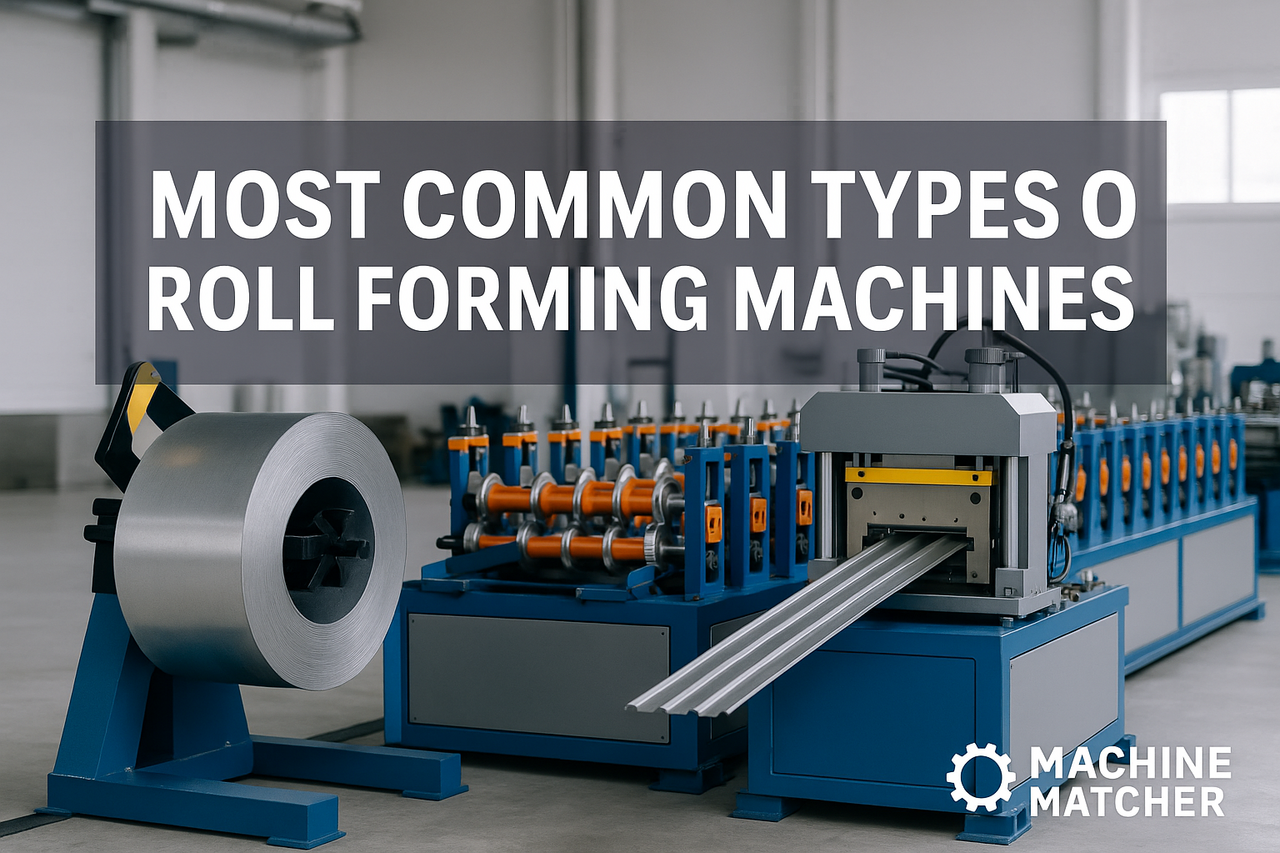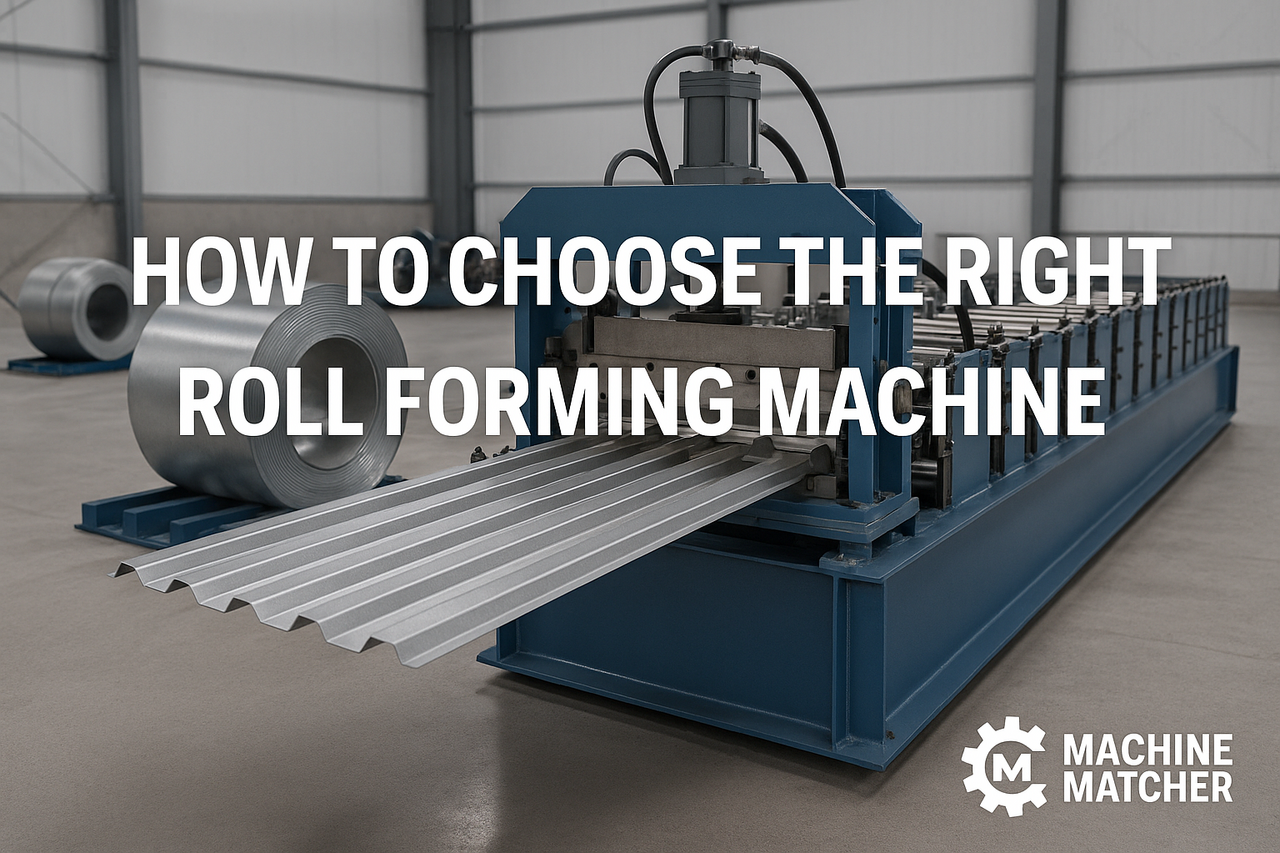Rewiring a roll forming machine is a task that requires technical expertise, as it involves working with electrical components critical for the machine's operation. Here is a general guide to help you understand the process.
Steps to Rewire a Roll Forming Machine
- Turn Off the Power and Disconnect
- Before doing any work, power off the machine and ensure it's completely disconnected from the power source.
- Confirm that there is no residual energy in the system using a voltmeter to check all circuits.
- Assess and Document the Current Wiring Setup
- Label all wires and components as you disassemble the wiring to ensure easy reconnection.
- Take photos of the wiring setup before disconnecting any wires for reference.
- Study the wiring diagram provided in the machine's manual, or get a schematic if needed. This will help you understand the layout and where each wire needs to go.
- Remove Old or Damaged Wires
- Carefully remove any wires that need to be replaced, avoiding damage to connectors or adjacent components.
- If the wires are damaged or frayed, they must be replaced with wires of the same gauge and insulation type as specified in the machine's manual.
- Check All Components and Connections
- Inspect the machine’s electrical components like the motor, sensors, and control panel for any damage or wear.
- Ensure that all terminals, contact points, and connectors are clean and free from corrosion.
- Install New Wiring
- Use the correct gauge of wire based on the machine’s electrical requirements.
- Run the wires in an organized manner to avoid tangling or interference.
- Ensure proper grounding as per the wiring diagram and secure connections with appropriate connectors (like spade or ring terminals).
- Reconnect the Components
- Start reconnecting the wires to their respective components, using the labels or photos you took earlier as a guide.
- Make sure all connections are tight and secure to avoid future electrical issues.
- Verify the Control System Wiring
- For machines with a PLC (Programmable Logic Controller) or other advanced control systems, make sure all signal wires are correctly connected according to the schematic. This includes sensor inputs, motor controls, and emergency stop circuits.
- Test the Electrical System
- Once rewiring is complete, recheck the wiring diagram to confirm all connections are accurate.
- Restore the power and conduct a low-voltage test to ensure the machine’s electrical system is functioning without faults.
- Run the machine at a low-speed setting to verify that all electrical components, including motors, sensors, and control panels, are working correctly.
- Troubleshoot (if necessary)
- If any issues arise during testing, consult the wiring diagram and check for loose or incorrect connections.
- Use a multimeter to test continuity and ensure there are no short circuits.
Safety Considerations
- Always use insulated tools and wear appropriate safety gear when working with electrical systems.
- Be aware of local electrical codes and regulations to ensure compliance.
- Consult a professional electrician or technician if you are unsure about any steps in the rewiring process.
By following these steps, you should be able to safely rewire a roll forming machine or assess whether professional help is needed.



